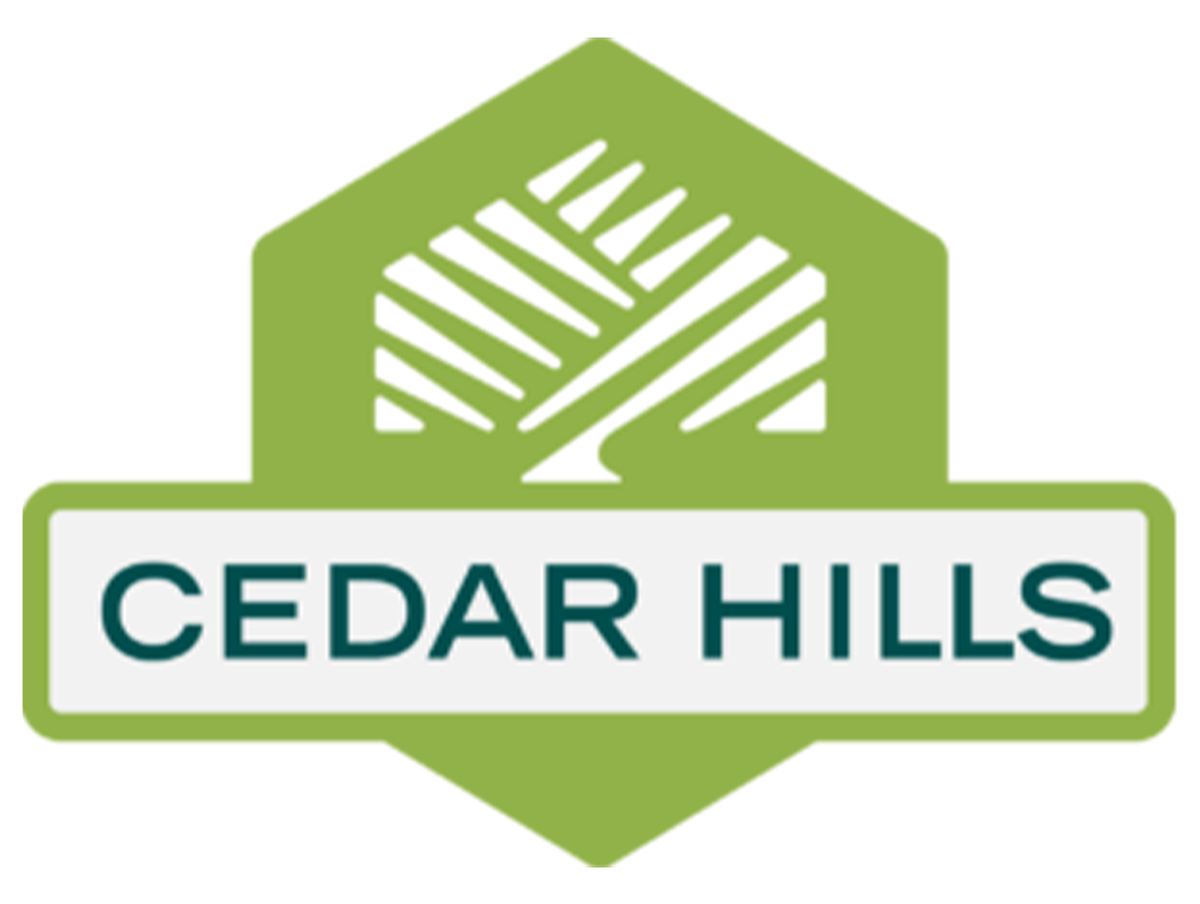Culinary Water
The City of Cedar Hills owns and operates its own culinary water (potable, drinking water) utility system, which serves over 2,500 residential and commercial connections. This water is provided through 2 City owned wells and a system connection to American Fork’s water system.
Water Quality Report
We are pleased to report that our drinking water meets Federal and State requirements. Each year, a current Consumer Confidence Report, our water quality report, that is required yearly to be submitted to the state, is available to the public. One can access this report on our website, and a hard copy is in the lobby of our City office building and posted at each facility. This report is designed to inform the public about the quality of water that the city delivers to our residents daily. Our continual goal is to provide a safe and dependable supply of drinking water to each connection.
Drinking Water Source Protection (DWSP) Management Program
Click Here to view the most current Drinking Water Source Protection Management Program (2020). This document has been prepared as an update to the 2015 DWSP.
Does the City chlorinate the water?
Yes. The state of Utah requires our water system to be chlorinated. Our primary sources of water come from deep wells underground. Once the water is pumped up it goes through the chlorination process and into our water system.
Water Hardness
The tap water in Cedar Hills is considered “Average Hard” which translates to 280 mg/L or 16 grains/gallon.
Fluoride Content
Cedar Hills does not fluoridate its water. However, it contains a certain amount of natural fluoride which ranges from 200 to 1240 parts per billion. This amount is too low to provide any medical/dental benefits. For more information about our water, please see the Consumer Confidence Report.
Culinary Water Use for Sprinklers
If your residence is NOT connected to pressurized irrigation and use culinary water to your landscaping sprinkler system, you are required by the state and city code to have a backflow assembly device installed. This backflow device is required to be inspected by a certified professional every year and the report is to be sent to the public works department for our records. Please email all yearly backflow inspection reports to publicworks@cedarhillsutah.gov. Cross-connecting with the culinary water system, in any way, is prohibited by State law. (This includes swing connections, valves, etc.)
Iron Content in Cedar Hills Water
The tap water in Cedar Hills contains .04 mg/L (40 parts per billion) of iron. The range may fluctuate between .02 – .06 mg/L.
Culinary Water Metering
The City has recently had new culinary meters installed. This new system has the ability to see water usage on an hourly basis, as well as detect water leaks and meter tampering. We're currently working with vendors to develop an app for each household to use to monitor their own usage and receive water leak alerts for their own home. This will assist residents in keeping their water usage to a reasonable standard. If you receive a leak alert or a high usage, please check all your toilets, faucets, and water using appliances for any that may not be functioning properly. If you are not able to locate the problem, please call the city to schedule a leak check with one of our public works technicians. If the leak is on the homeowner’s side of the meter, the homeowner is responsible for all costs of the repair. Reminder: It is unlawful to access any culinary meter, meter can, meter can lid. Opening the lid could result in a fine.
Pressure Reducing Valve (PRV)
A household water pressure regulator is a spring-loaded valve that reduces the water pressure coming from the public water main to household plumbing and fixtures. It prevents main line pressure surges from entering residential plumbing. Hight water pressure can cause dripping faucets and pipes and may damage household appliances. A properly operating pressure regulator will help prevent these surges and high pressure from entering your home. The property owner is responsible for installing and maintaining the water pressure regulator.
A malfunctioning pressure regulator may cause the following issues:
1) Sustained or initial bursts of unusually high pressure at faucets and showerheads.
2) Water being discharged from the relief valve on a water heater and ultimately a potential flooded area.
Altering the spring compression on the regulator will change the downstream pressure (house side). The valve is typically installed where the water pipe enters the home.
The best way to determine if the regulator is working properly is to install pressure gauges on each side of the regulator. If the upstream gauge reads higher than the downstream gauge, then the regulator is functioning properly. Most homeowners set their pressure at approximately 50 pounds per square inch. Lower settings will conserve water and prolong the life of plumbing and fittings, while higher settings will have the opposite effects. Please refer to the manufacturer’s instructions for adjustment information.
When replacing your pressure regulator, please choose a size that will be able to handle the city water pressure coming into the home. Note: Additional regulating or sustaining devices may be necessary. For information about what the pressure is in your area, please contact the public works department.
